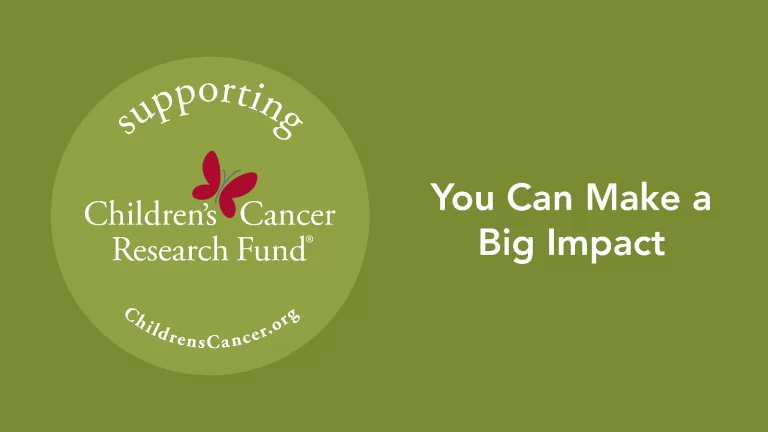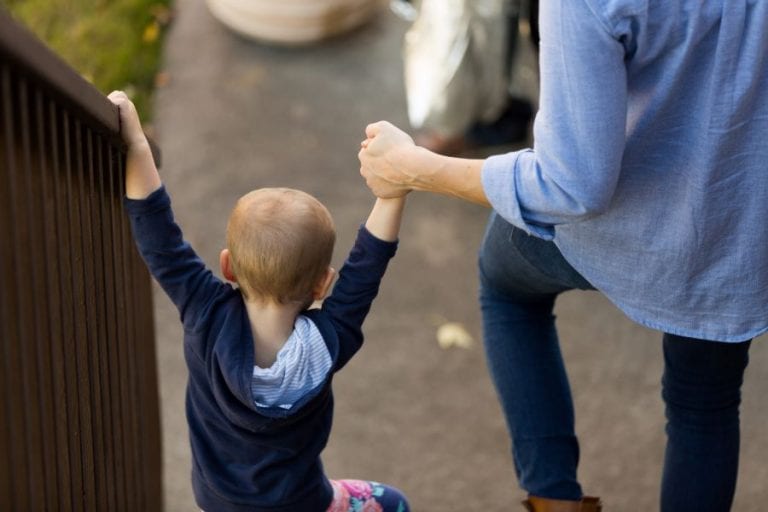With only 4 percent of government funding dedicated to childhood cancer research, the impact on kids and doctors is visible. Funding gaps slow down or halt potentially life-saving projects. Kids are left with 40-50 year old toxic treatments that leave them emotionally and physically spent. And grant writing to get that small portion of government funding can take up to 50 percent of a researcher’s time in a year. That means less time in the lab and snail-pace results. But each researcher we meet reminds us that the bright ideas are there. And thanks to you, we can move treatments from the lab to the bedside quickly. Megan Voss, DNP, RN is just one of the many brilliant researchers whose ideas you are helping turn into lifesaving and healing realities.
What she does:
Megan Voss uses healing touch, essential oils, music and other integrative therapies to help heal a child even if they can’t be cured. Used to complement a child’s treatment protocol, integrative therapy helps a child feel in control of their healing.
Why she does it:
“After my first year of being a nurse on the adult hematology/oncology floor, I was thinking, there’s got to be more. I left work completely drained and I was wondering what I could do other than leave the profession. I found integrative nursing. It was the first time that I felt like my professional and personal passions were in alignment. There’s a lot of emotional turmoil and suffering you see as a nurse that affects the physical, mental and emotional or spiritual dimensions. Integrative nursing acknowledges human beings as whole, and those dimensions can’t be separated. It also acknowledges that as a nurse, you can be an intervention and help in a way that drugs cannot. Families and patients teach me as much as I do them. I’ve learned many lessons through these tremendous little people.”
How you help:
“It’s always a battle to get funding. Without Children’s Cancer Research Fund, this program wouldn’t be possible. Insurance won’t cover integrative therapies, and it’s not part of hospital budgets,” says Voss.
Out of approximately 90 patients who were offered integrative therapies in its first year, 52 percent took the opportunity. Because of supporters like you, more than half of the children and teenagers on the floor received therapies they otherwise wouldn’t have had access to.




